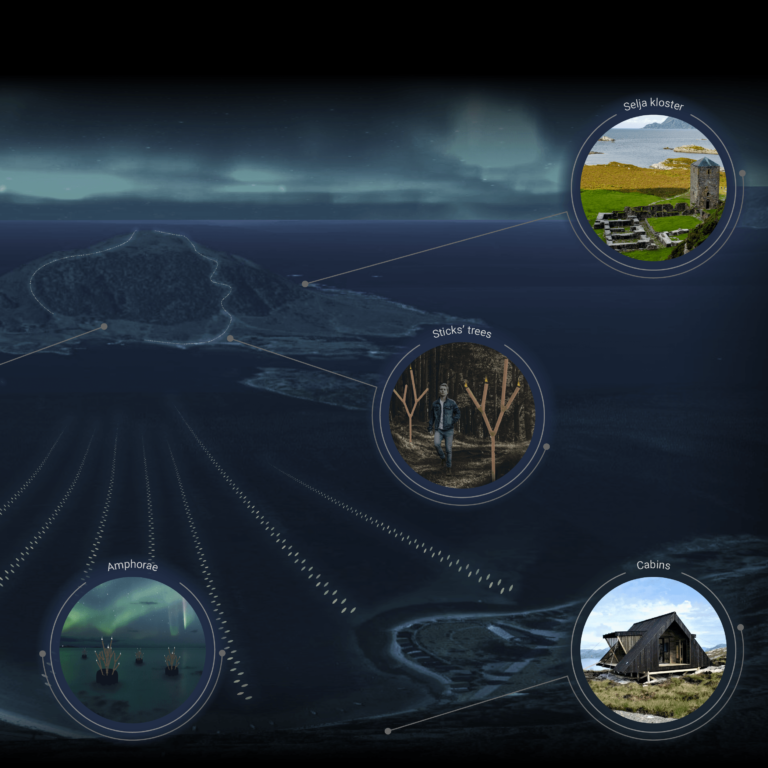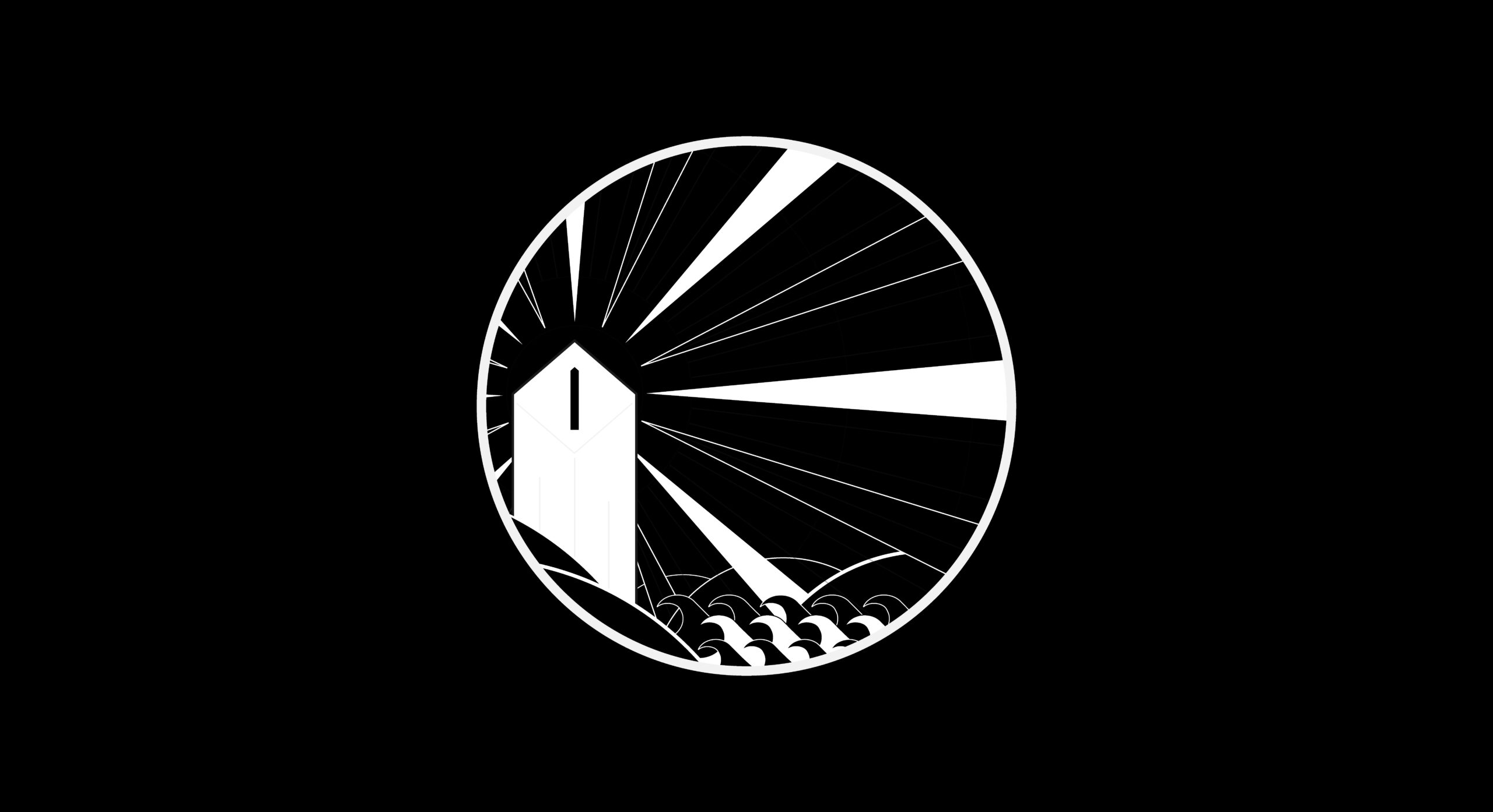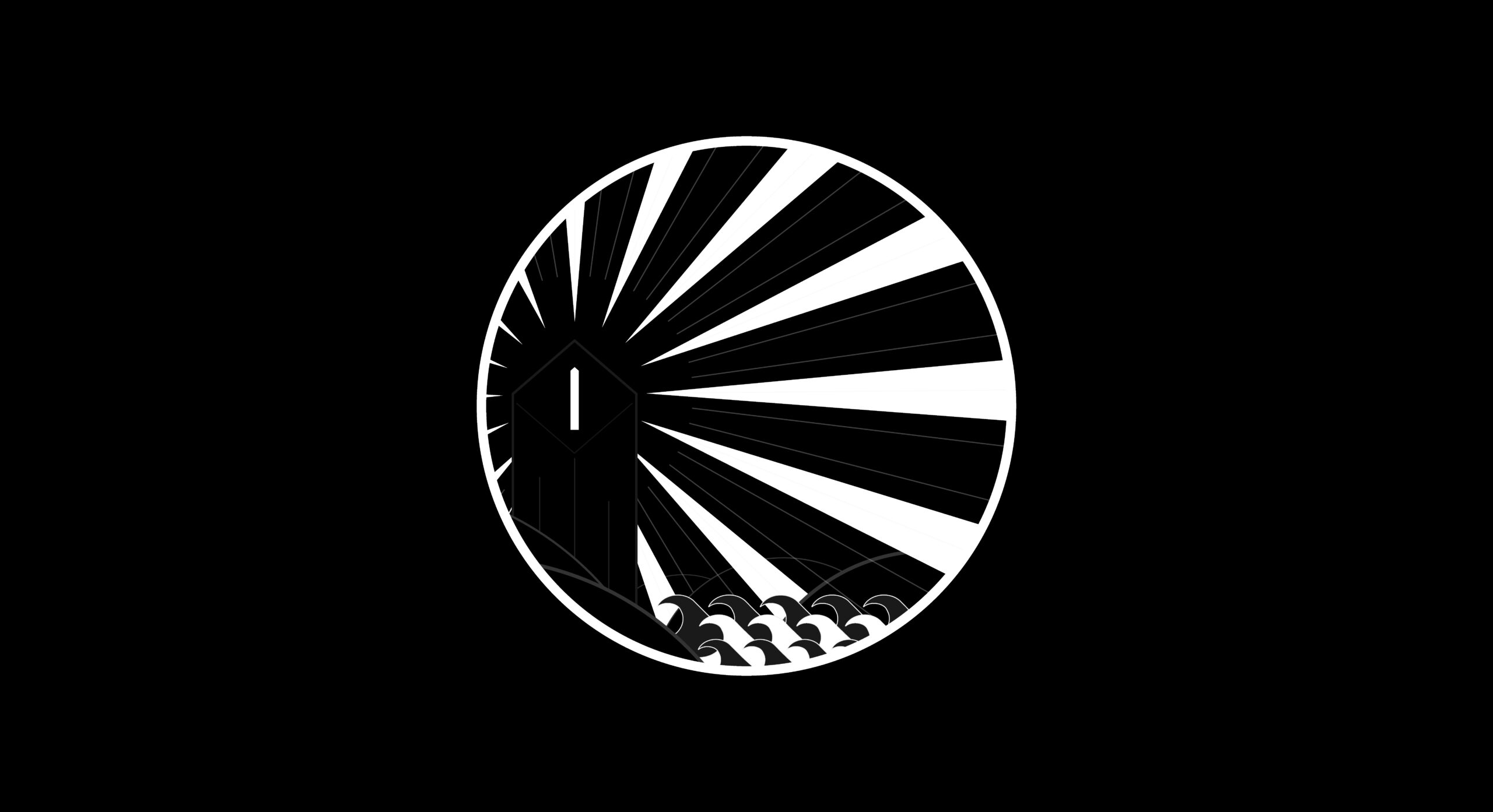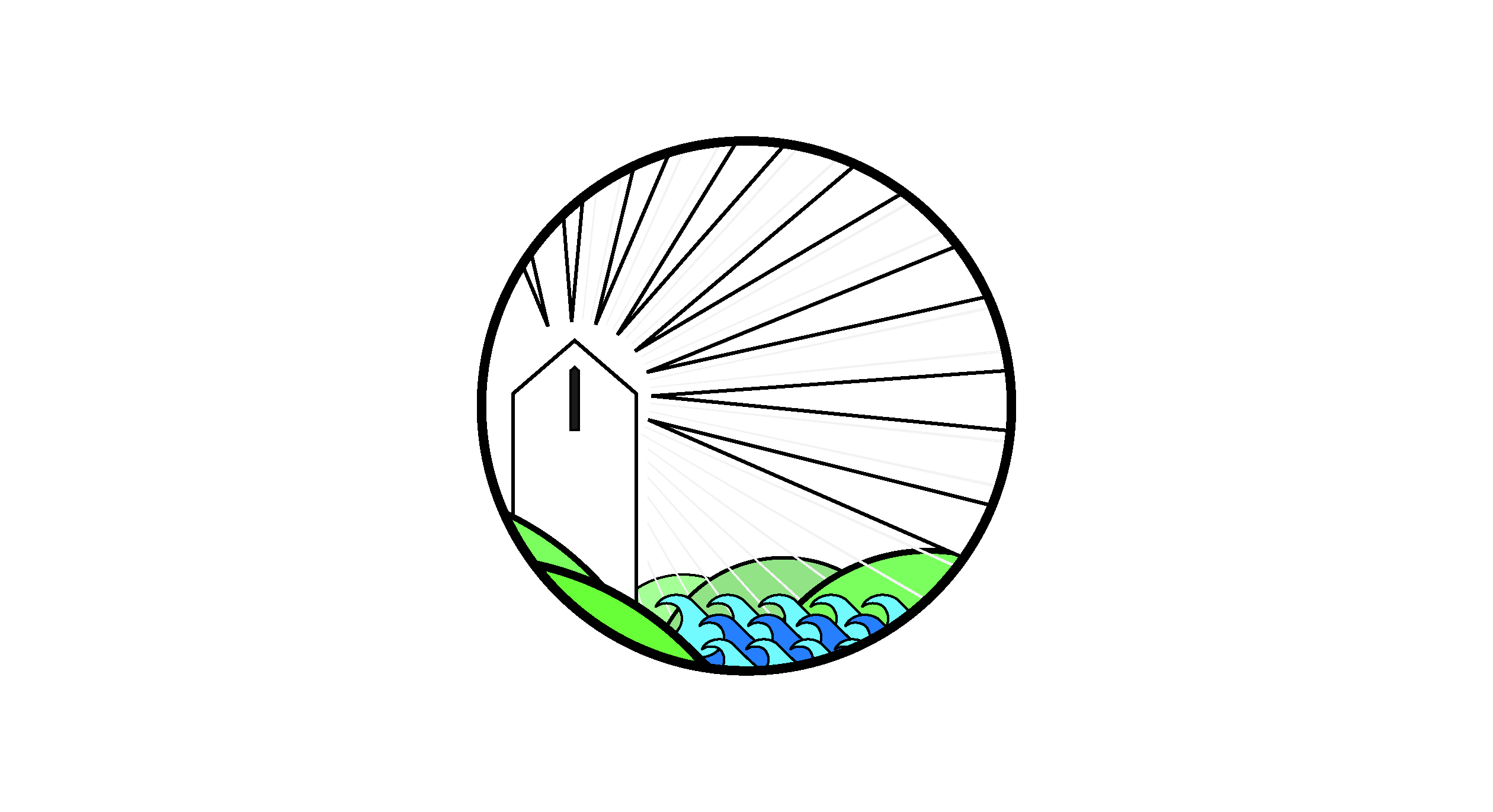
Life changing images
About the Aura project
The “Aura” project is about creating a participatory and interactive experience for visitors to the historical landmark of Selja Kloster, using glowing wooden sticks as symbolic objects to foster social interaction, exchange of knowledge, and a sense of connection between the mainland and the island. The project aims to promote sustainability, cultural heritage, and spirituality while providing an inclusive and innovative visiting experience.
The “Aura” project is a visionary and innovative approach to enhancing the visitor experience at Selja Kloster, a significant historical landmark in Norway. The project seeks to address the challenges posed by the pandemic’s impact on social interaction and the need for sustainable tourism. By incorporating elements of social design, participatory design, and public interest design, “Aura” aims to create a dynamic and engaging environment that fosters meaningful connections between visitors, the natural surroundings, and the historical site.
The “Aura” project embraces the notion of transformation, drawing inspiration from the pilgrimage traditions of the island and the symbolism of light and hope. By creating a balance between tradition and innovation, it appeals not only to those seeking a spiritual experience but also to a wider audience, including younger and more diverse visitors. Ultimately, “Aura” is a holistic and inclusive design initiative that envisions a harmonious connection between nature, culture, and people, offering a refreshing and immersive way to experience the historical significance of Selja Kloster.
The use of light and glowing paint in the “Aura” project carries profound symbolism. It represents a metaphorical act of bringing back light to Selja Kloster, reconnecting with its historical significance and illuminating its spiritual heritage. Furthermore, the glowing effect serves as a symbol of enlightenment, encouraging visitors to explore the site’s history and engage in a journey of self-discovery and knowledge. This symbolism is a powerful reminder of the transformative power of light, both in a physical and spiritual sense, as it guides visitors towards a deeper understanding of the cultural and natural aspects of Selja, fostering a sense of wonder and connection.
What is Aura offering?
The “Aura” project offers visitors a transformative and participatory experience at Selja Kloster. Through the use of social design practices, visitors become part of a symbolic act of giving and receiving, fostering a sense of collaboration and connection with the island’s history.
At the heart of the project are the glowing wooden sticks, carefully crafted with symbolic words representing qualities like patience, hope, and knowledge. These sticks act as a tangible link between visitors and the island, creating a sense of participation and belonging. Upon arrival, visitors receive a glowing stick, a small token of their journey and experience. As they explore the island and encounter strategically placed metal holders, they can use the wooden sticks to form symbolic trees. This act of giving back to the island and collaborating with other visitors fosters a sense of community and shared experience, prompting conversations and interactions that enrich the overall visit.
The territory research conducted for the “Aura” project played a pivotal role in shaping the design concept and its integration into the Selje village and Selja island. The research encompassed a comprehensive analysis of the local history, cultural attractions, and natural landmarks surrounding the site. By understanding the existing value and significance of the area, the project sought to respect and complement the rich heritage of Selja Kloster. The research also involved studying public spaces and social design projects, seeking inspiration from innovative solutions implemented during the pandemic. Additionally, the investigation of pilgrimages and religious tourism shed light on the symbolic importance of objects, such as rocks, which influenced the concept of using glowing wooden sticks as a participatory and meaningful element in the visitors’ experience. Overall, the territory research laid the groundwork for a harmonious and contextually sensitive design that seamlessly blends with the cultural fabric of Selje, enhancing its appeal as a destination for a diverse range of visitors.
The “Aura” project conducted interviews and surveys targeting two distinct groups: visitors and locals. The survey aimed to understand the desires and expectations of these target groups, ensuring the project’s inclusivity and relevance to their needs. The survey responses from visitors revealed a desire for a memorable and socially engaging experience while visiting Selja Kloster. They expressed interest in activities that would foster interaction, knowledge exchange, and exploration of the island’s historical significance. On the other hand, the survey conducted with locals provided valuable insights into their deep emotional connection to the island, emphasizing the need to preserve its sanctity and heritage. Locals were more focused on maintaining the island’s spiritual and tranquil ambiance, showing reluctance towards any major construction on the island itself. Both groups shared a common interest in sustainability and environmental preservation. The survey outcomes helped shape the project’s concept, emphasizing the importance of a participatory, modular, and nature-integrated design that aligns with the desires and expectations of both visitors and locals while preserving the island’s spiritual and historical sanctity.
Selja - Selje?
The project also includes the development of visitors’ centers in Selje village (Selja is the island), offering workshops and experiences related to the monastery’s historical traditions. These centers act as meeting points for visitors to gather, share stories, and engage in creative activities. Additionally, the use of sustainable materials, such as wood and recycled plastics for the “Amphorae” containers, aligns with the project’s commitment to environmental responsibility.






